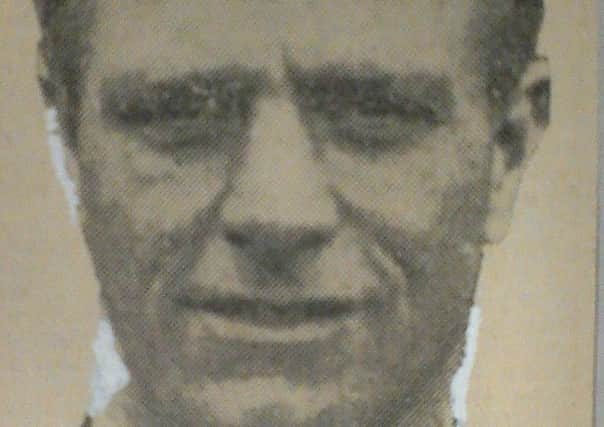Sunderland miner was shot and bayoneted but survived the Battle of the Somme


But when King and country called, Frank Orr answered. He volunteered for service in the First World War.
By the time the horrific conflict was over, the Somerset Light Infantry soldier had the scars to show from his time at The Somme.
Advertisement
Hide AdAdvertisement
Hide Ad

But at least he lived to tell the tale, unlike millions of others.
Today, his son Colin shares the story of a Somme survivor.
Signing up seemed like a great idea to Frank Orr.
After all, it had to be better than spending five-and-a-half days a week down the pits where underground conditions were dark, dangerous and dusty.


Or so he thought.
On reflection, the horrors of trench warfare might have made him think again about volunteering.
It was a thought which probably came to his mind from the very first day of the Somme.
Advertisement
Hide AdAdvertisement
Hide AdFrank Orr, born in 1894 and a resident of George Street East, New Silksworth, signed up at the start of the 1914-1918 war.
He was enrolled in Prince Albert’s Somerset Light Infantry rather than the Durham Light Infantry.
His regiment was posted to the front line and Frank was injured almost as soon as the fighting started.
Colin said: “By September 1915, my dad was in combat conditions in France and it would be then that he suffered a bullet wound just above his left ankle.
Advertisement
Hide AdAdvertisement
Hide Ad“The mark it left was clearly visible and my brother Albert and I knew this as my dad’s bullet wound.
“This was to distinguish it from another mark, this time on the upper part of the left arm.”
That was the scar which was made when Frank fought at The Somme on the very first day of the battle on July 1, 1916.
The wound was made by the thrust of a German bayonet.
Colin added: “On this day, upwards of 19,000 soldiers lost their lives to stamp 1/7/16 as the blackest day in the history of the British Army.
Advertisement
Hide Ad